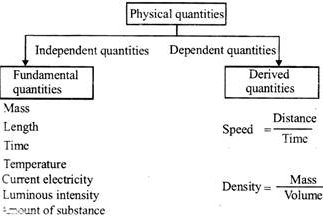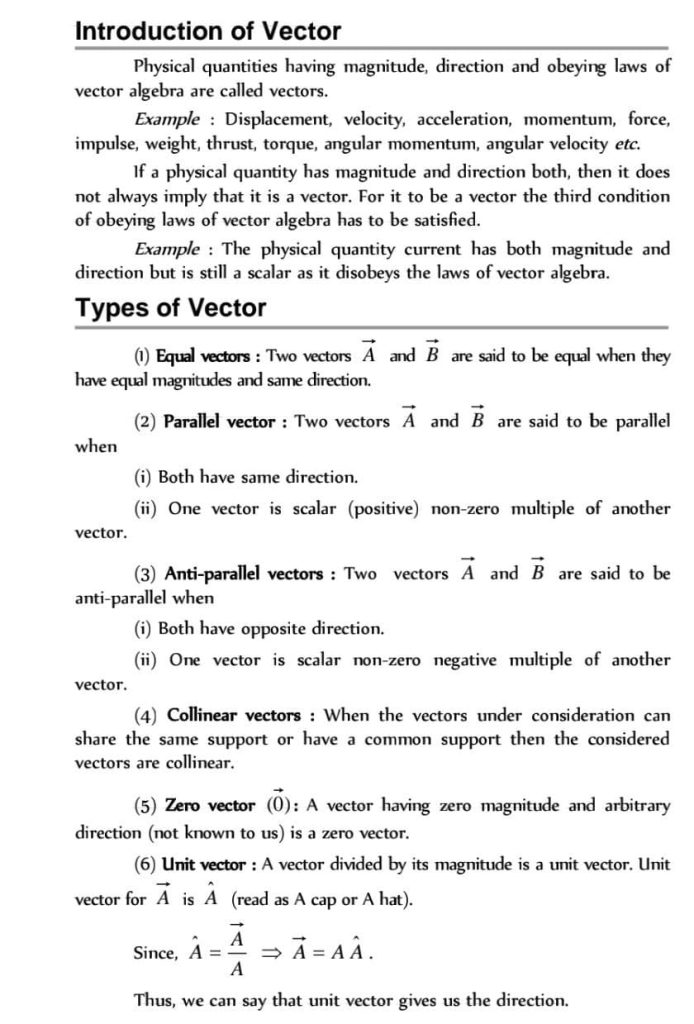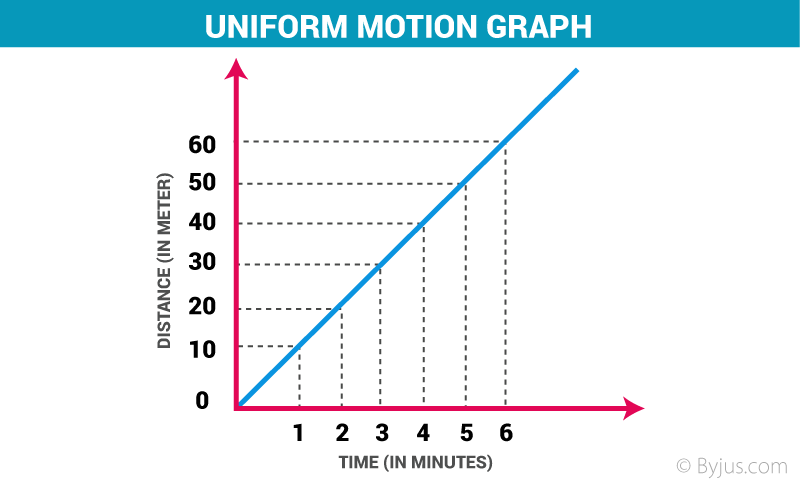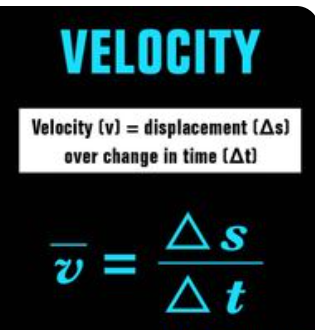Reference point and reference frame
- To describe the position of an object we need a reference point or origin. An object may seem to be moving to one observer and stationary to another.
- Example: A passenger inside a bus sees the other passengers to be at rest, whereas an observer outside the bus sees the passengers to be in motion
1.Rest: A body is said to be at rest if its position does not change with respect to a reference point with the passage of time.
2. Motion: A body is said to be in motion if its position changes with respect to a reference point with the passage of time.
Physical Quantities: those quantities which can be measured are called physical quantities.

What Is Scalar Quantity?
A scalar quantity is defined as the physical quantity which has only magnitude but no direction. Some physical quantities can be described just by their numerical value without directions. The addition of these physical quantities follows the simple rules of algebra, only their magnitudes are added.
Examples of Scalar Quantities
- Mass(Kg)
- Speed(m/s)
- Distance(m)
- Time(sec)
- Area(m2 )
- Volume(m3 )
- Density(Kg/m3 )


Speed:
speed is defined as the distance covered by an object in unit time. In other words, the rate at which the object is moving is called speed. It tells us how fast or slow an object is moving. Speed is the scalar Quantity. SI unit of speed is m/s. formula of speed is:

s=distance covered, v=speed, t=time
Uniform motion: If a body covers equal distances in equal intervals of time , then the body is said to be in uniform motion.

Non-uniform motion: If a body covers unequal distances in equal intervals of time , then the body is said to be in non-uniform motion.

Average speed: The average speed is the total distance traveled by the object in a particular time interval. The average speed is a scalar quantity.

Velocity: velocity can be defined as the displacement of the object in unit time. It is a vector quantity. It can be positive , negative or zero its SI unit is m/s with direction.


